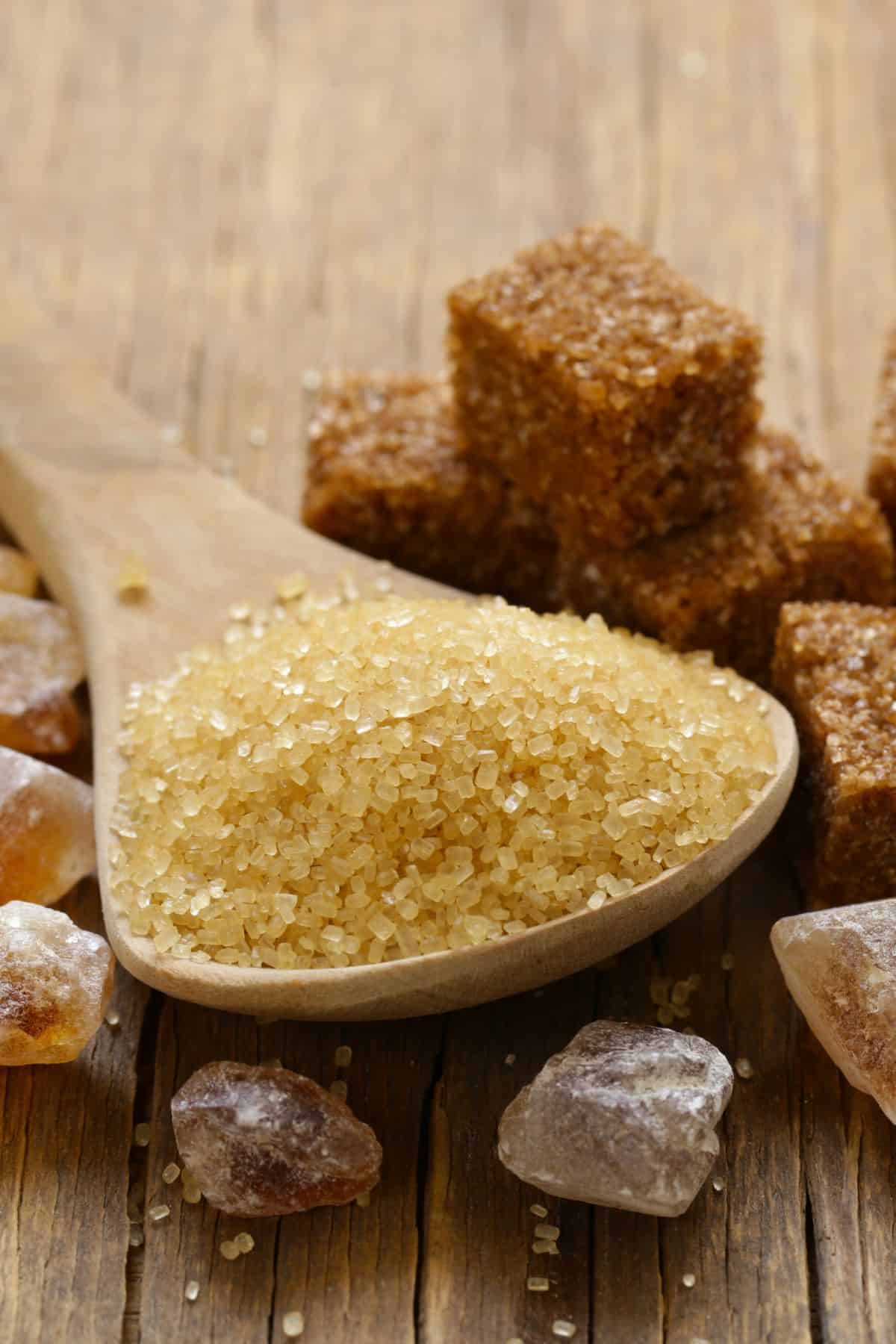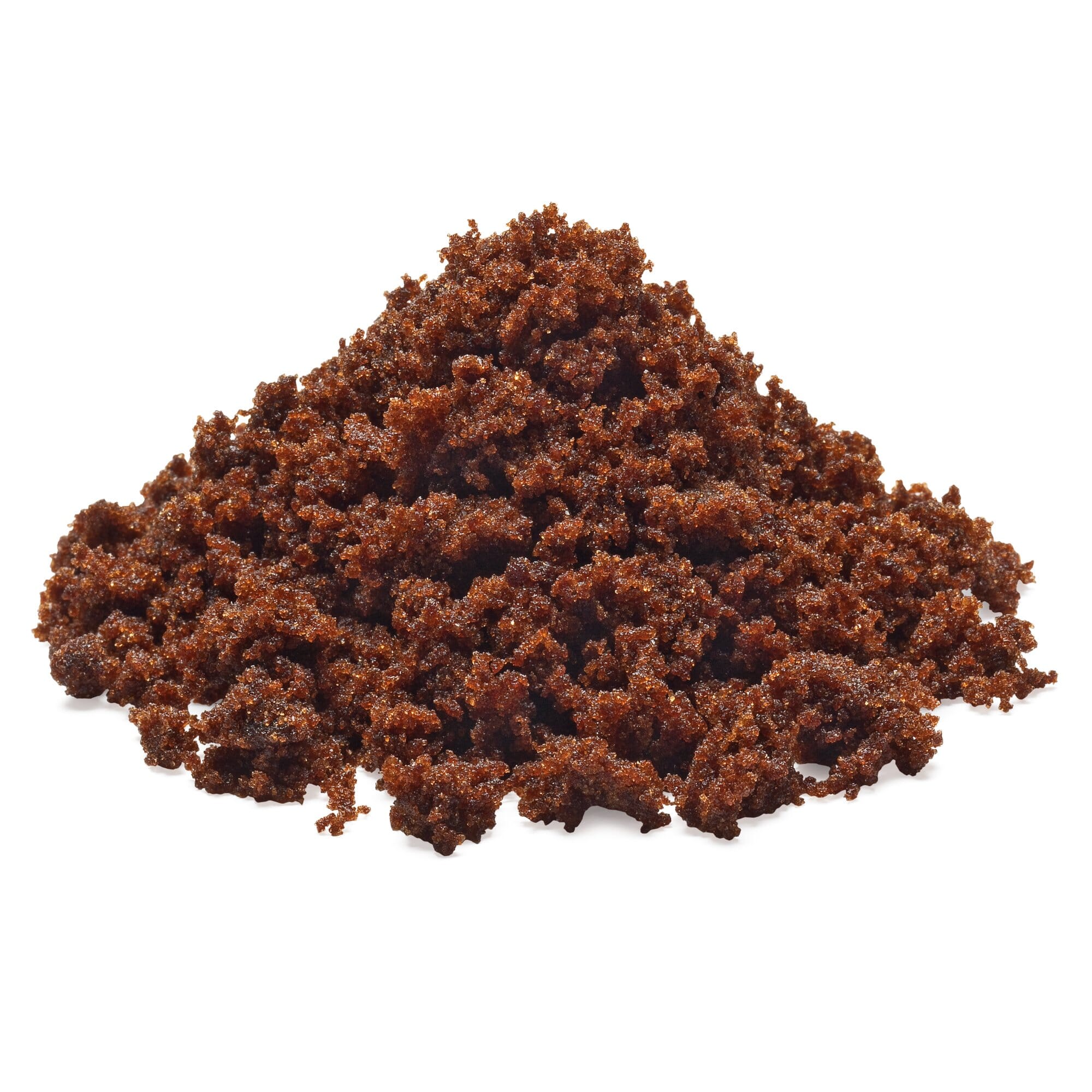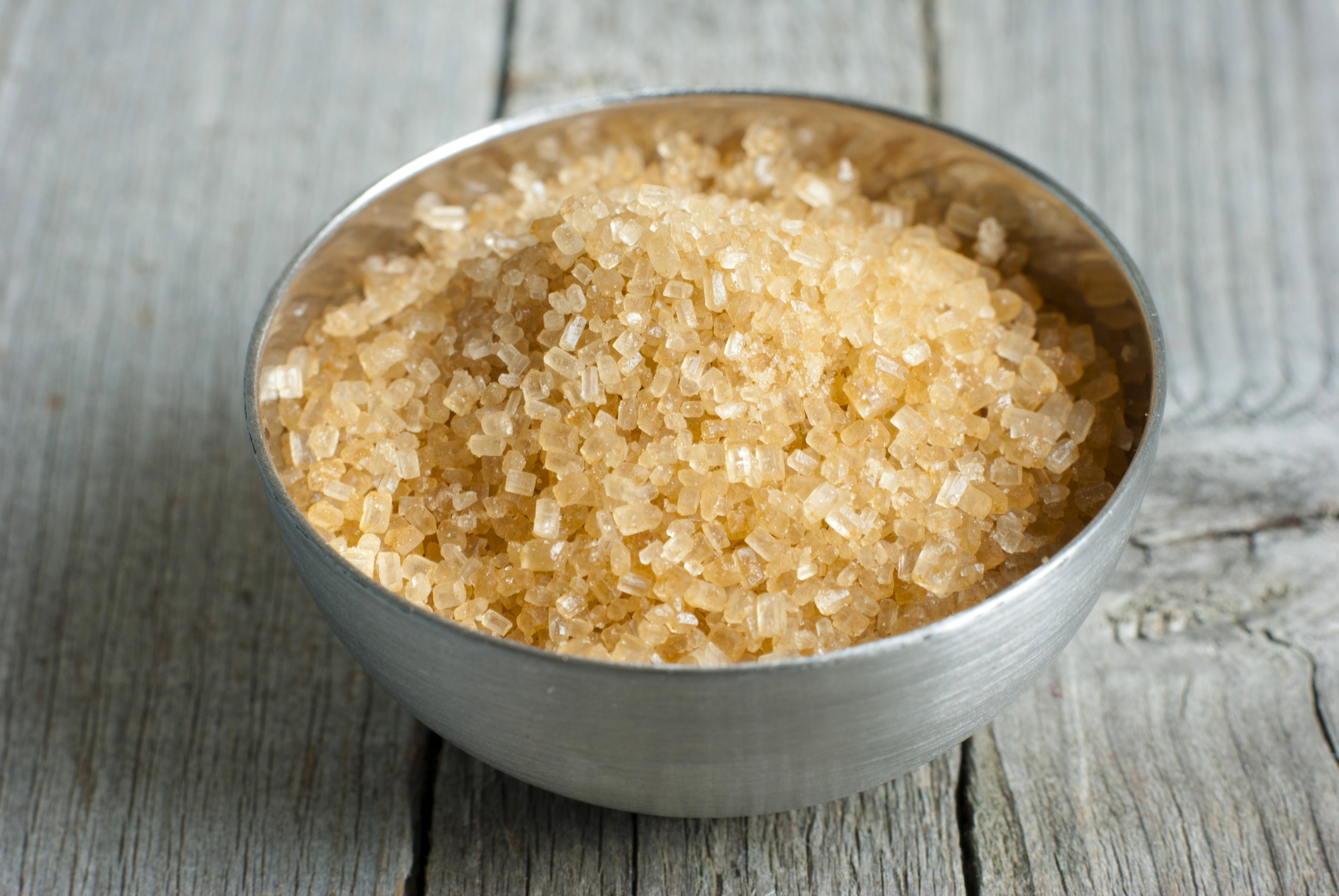Discovering the Comprehensive Steps Associated With Walking Stick Sugar Handling From Collecting to Improvement
The procedure of walking cane sugar manufacturing encompasses a collection of detailed steps, beginning with the mindful harvesting of sugarcane and culminating in the refinement phases that ensure the last product fulfills market requirements. Each phase, from the removal of juice to the purification and formation processes, plays an important role in establishing the quality and character of the sugar.
Gathering Sugarcane
Collecting sugarcane is a crucial action in the walking stick sugar handling chain, as it straight affects the top quality and yield of the end product. Correct timing and methods are vital throughout this stage to make sure ideal sugar material and decrease losses. Normally, sugarcane is collected when it gets to maturation, generally 12 to 18 months after growing, identified by a high sucrose concentration.

Post-harvest, the sugarcane needs to be processed quickly to prevent sucrose deterioration. Ideally, gathered cane needs to be transferred to processing facilities within 1 day to maintain sugar quality. Consequently, reliable logistical planning is vital to keep the stability of the collected crop throughout the supply chain.
Extraction Refine

The crushed cane undergoes a collection of pushing procedures to maximize juice healing. Commonly, warm water is sprayed onto the crushed cane, producing a countercurrent circulation that aids liquify the sugar while additionally assisting in the removal process. The juice collected from this procedure has not just sugar however likewise various organic substances and contaminations.

To boost extraction effectiveness, some centers may utilize diffusion techniques, where the sugarcane is saturated in warm water, allowing the soluble sugars to diffuse into the fluid. The resulting juice, abundant in sucrose, is then guided to succeeding processing stages, laying the structure for filtration and improvement. The removal procedure is thus essential in figuring out the quality and yield of the last sugar product.
Purification Strategies
The purification strategies utilized in walking stick sugar handling are necessary for changing the raw juice into a high-grade sugar product. These methods largely intend to get rid of contaminations, such as dirt, plant products, and inorganic compounds, which can negatively impact the end product's flavor and shade.
This process includes adding lime and warmth to the raw juice, which facilitates the coagulation of impurities. In addition, the use of phosphoric acid can improve the clarification procedure by additional binding impurities.
An additional considerable technique is carbonatation, where co2 is introduced to the clarified juice. This response produces calcium carbonate, which records continuing to be pollutants and promotes their removal.
Additionally, triggered carbon treatment may be related to adsorb any type of remaining colorants and organic contaminations, making certain a much more refined item. The combination of these approaches successfully prepares the sugar juice for subsequent actions in the refining procedure, setting the phase for the production of top notch cane sugar.
Formation Techniques
After the filtration phase, the next important action in web cane sugar handling includes crystallization methods, which play a crucial function in transforming the clarified juice right into solid sugar. This procedure commonly utilizes two key techniques: spontaneous crystallization and controlled formation.
In spontaneous formation, supersaturated sugar services are allowed to cool down naturally, bring about the formation of sugar crystals gradually. This approach is simpler yet may result in unequal crystal dimensions and reduced pureness degrees. On the various other hand, controlled condensation is a much more exact strategy where seeding, temperature level, and concentration agents are carefully handled. This technique permits the consistent development of sugar crystals and higher purity.
Throughout formation, the cleared up juice is focused via dissipation, increasing its sugar web content till it gets to supersaturation. As soon as this factor is accomplished, either technique can help with the crystallization procedure. Cane Sugar Processing. The resultant sugar crystals are after that divided from the staying syrup through centrifugation
Ultimately, the selection of formation technique impacts the quality, dimension, and pureness of the final sugar item, making this action essential in the overall walking cane sugar handling procedure.
Refinement and Packaging
How can the pureness and high quality of walking cane sugar be better improved after formation? The refinement process plays a vital role in attaining high-grade walking cane sugar.
Next, the sugar undergoes a process called centrifugation, where it is rotated at high speeds to divide the purified sugar crystals from the staying liquid. After centrifugation, the sugar is commonly more refined via an approach called carbonization or phosphatation, which utilizes triggered carbon or phosphoric acid to eliminate shade and check off-flavors.
When refined, the sugar is dried out to attain the desired wetness web content, guaranteeing that it continues to be secure during storage and transport. The final step includes product packaging the refined sugar in closed and moisture-proof containers to keep its quality and avoid contamination. Cane Sugar Processing. Appropriate product packaging not just expands life span but likewise helps with simple handling and distribution, making sure that customers receive sugar that satisfies the greatest criteria of pureness and quality
Final Thought
The detailed actions associated with walking stick sugar handling, from the thorough harvesting of sugarcane to the elaborate improvement and packaging stages, highlight the relevance of each phase in making certain top notch sugar production. Optimal harvesting techniques, effective removal methods, and rigorous filtration procedures collectively add to the end product's purity and stability. The formation Resources and succeeding product packaging techniques better boost the honesty and service life of the sugar, highlighting the intricacy and precision inherent in this important farming sector.
The process of cane sugar manufacturing incorporates a collection of elaborate actions, starting with the cautious harvesting of sugarcane and culminating in the improvement stages that ensure the last product meets sector requirements. Ideally, collected walking stick should be transported to refining facilities within 24 hours to preserve sugar high quality.In spontaneous condensation, supersaturated sugar services are enabled to cool down normally, leading to the development of sugar crystals over time - Cane Sugar Processing. The improvement procedure plays an important duty in accomplishing high-quality walking cane sugar.The extensive steps included in cane sugar handling, from the thorough harvesting of sugarcane to the complex refinement and packaging phases, emphasize the significance of each stage in making certain high-grade sugar production